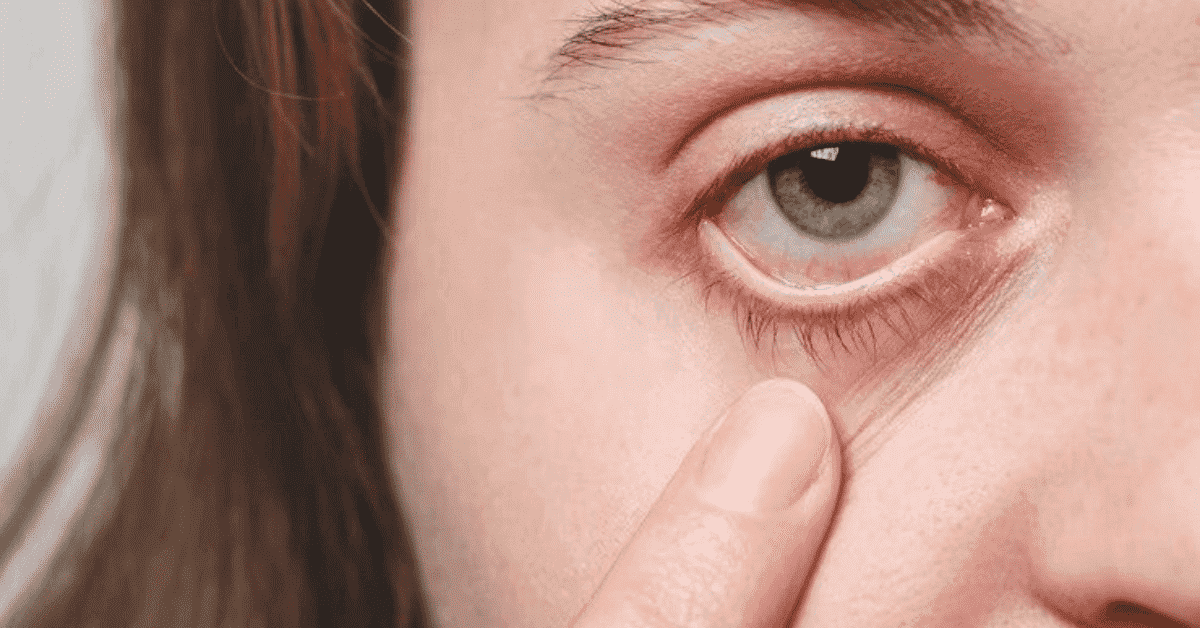What is Diabetic Retinopathy?
Diabetic retinopathy is a condition characterized by the impairment of retinal blood vessels due to elevated levels of blood glucose.
What are the Symptoms of Diabetic Retinopathy?
The manifestation of diabetic retinopathy symptoms is frequently delayed until significant ocular damage has transpired. The aforementioned entities encompass
- The occurrence of blurred eyesight or loss of vision
- The visual perception of floaters or black spots within one’s field of vision.
- One common visual impairment experienced by individuals is the inability to see clearly in low light conditions, commonly referred to as night blindness. This condition hinders the individual’s ability to perceive objects and surroundings in dimly lit environments.
- Another visual impairment that individuals may encounter is the difficulty in differentiating between different colors.
Types of Diabetic Retinopathy
Proliferative Diabetic Retinopathy
Diabetic retinopathy has the potential to advance to a more severe manifestation referred to as proliferative diabetic retinopathy, wherein occlusion of damaged blood vessels occurs and subsequent growth of new, aberrant blood vessels takes place inside the retina.
Non Proliferative Diabetic Retinopathy
Non-proliferative diabetic retinopathy (NPDR) represents the initial phase of the condition, characterized by moderate or absent symptoms. In non-proliferative diabetic retinopathy (NPDR), there is a weakening of the blood vessels within the retina. Microaneurysms, which are little protrusions in the blood arteries, have the potential to release fluid into the retina. The occurrence of this leakage has the potential to result in the enlargement of the macula.
What are the Risk Factors of Diabetic Retinopathy?
- Diabetes: There is a positive correlation between the duration of diabetes and the likelihood of developing diabetic retinopathy, especially in cases when diabetes is inadequately managed.
- Medical conditions: Medical disorders, such as hypertension and hyperlipidemia, augment the likelihood.
- Heredity
- Sedentary lifestyle
- Die
- Obesity
Also Read: 10 Facts About Blepharoplasty
Prevention of Diabetic Retinopathy
When an individual receives a diagnosis of diabetes, it is imperative to undertake the following actions:
- It is advisable to schedule routine eye examinations and physical check-ups.
- It is imperative to maintain optimal levels of blood sugar, cholesterol, and blood pressure for the purpose of promoting overall health and well-being.
- It is important to exercise caution and attentiveness towards any alterations that may be observed in one’s visual perception and to engage in a dialogue with a medical professional on these changes.
- The prompt administration of medication and diligent adherence to subsequent monitoring are crucial factors in ensuring optimal patient outcomes.
- Regular physical activity
How is the Diabetic Retinopathy Diagnosed?
- Visual acuity testing
- Tonometry
- Pupil dilation
- Comprehensive dilated eye exam
- Optical coherence tomography (OCT)
- Fundus fluorescein angiography (FFA)
Treatment of Diabetic Retinopathy
The primary objective of any therapeutic intervention is to decelerate or halt the advancement of the pathological condition. During the initial phases of non-proliferative diabetic retinopathy, routine surveillance may be the sole therapeutic approach. The implementation of dietary modifications, regular physical activity, and vigilant monitoring of blood glucose levels can effectively manage the advancement of the ailment.
Laser: In the event of disease progression, there is a potential for blood vessels to exhibit leakage of blood and fluid into the retina, hence resulting in the occurrence of macular edema. The application of laser treatment has the potential to effectively halt the occurrence of this leakage. Focal laser photocoagulation is a therapeutic procedure that uses laser technology to selectively target a specific vascular anomaly inside the macula, with the objective of preventing the progression of macular edema. The treatment for the extensive proliferation of blood vessels in the retina, a characteristic feature of proliferative diabetic retinopathy, involves the implementation of a therapeutic approach known as scatter laser photocoagulation. This technique entails the creation of a pattern of dispersed laser burns throughout the retinal tissue. This phenomenon results in the contraction and subsequent elimination of atypical blood vessels.
Also Read: Dry Eyes: Factors, Treatment, and Preventing
Medical management: The administration of anti-vascular endothelial growth factor (VEGF) therapy via intraocular injection has been shown to potentially mitigate macular edema, hence decelerating the progression of visual impairment and potentially enhancing visual acuity. The administration of a steroid injection into the eye represents an alternative approach for the mitigation of macular edema.
Surgical management: The surgical procedure known as vitrectomy entails the extraction of scar tissue and blood from the vitreous humor, a gel-like substance located within the eye.
Conclusion
It is imperative that those who have developed diabetic retinopathy, or those in close proximity to them, promptly undergo an eye examination without delay. Visit Deevine Eye Care & Multispeciality Centre in Ghatkopar, Mumbai to schedule an appointment with esteemed experts and practitioners specializing in the domain of ocular healthcare.

